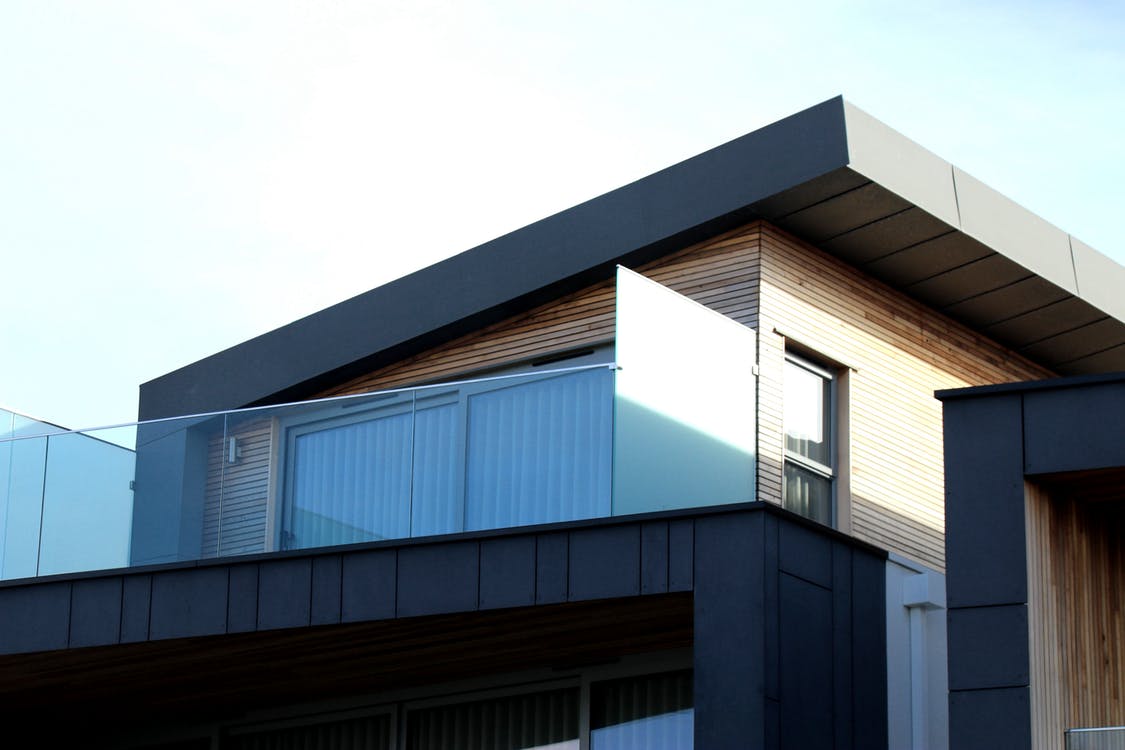According to a Dallas commercial roofing company, most homeowners aren’t aware of their draining system, but it’s an incredibly important and unique part of your home. It is particularly unique to those who have a flat roof. Flat roofs don’t have slants, so they can’t be drained automatically. If you’re a homeowner looking for a solid draining option towards your flat-roofed home, then read on to discover a couple of suggestions that are open to you. But, we get to the suggestions, you should be aware of what exactly a flat roof drainage system is.
What Exactly is a Flat Roof Drainage System?
This system is a network of pipes that not only flushes out water but flushes out other things as well such as debris that may land on your home. The drainage system is incredibly important. If it’s not properly maintained, it could lead to water damage and leaks.
List of Flat Roof Drainage Systems:
Each of these systems essentially does the same thing; they drain water and take it away from the roof. But the way each of these systems accomplishes that goal and the money you need to invest in each one is very different.
1. Interior Drains
A drain is installed on the roof, where a network of pipes inside your home leads water and other debris outside of the house. It’s the only drainage solution that’s not visible from outside your home. With interior drains, your piping network is protected from outside elements. Additionally, the drain leads water to the center of your roof which reduces damage to your building’s walls. On the other hand, it’s quite expensive and has to be cleaned out regularly. If you have heavy rains often you may want to consider getting a trench drain put in the ground to handle all the heavy water flow
2. Scuppers
This is a pipe that is installed to the edge of a flat roof. It shoots out water and other debris and then gets funneled to reach the ground. They’re cheap to install and they’re quite efficient. But, ice and snow will severely affect the scuppers ability to work properly. Also, you shouldn’t pair scuppers with another slope like structure. This’ll stop water and other debris from falling off the side of the building.
3.Gutters
Gutters are used on many different types of building and are the most accessible and common out of the three options. They’re affordable and easy to install. They’re so easy that you might be able to do it yourself. They’re also durable so they can handle any type of debris. On the flip side, since they can handle so much debris they need to be cleaned out at least once per month. You may be dealing leaves, rocks, and even dead birds that might be piling up in your gutters. If you neglect it, it may cause immense overflow and leaks. Then you might be looking into finding a roofer to repair your gutters.
These are only a fraction of the systems available, but they should give you a solid foundation of knowledge to find the right one for you. Your drainage system is important and you should have one that works best for you and your home. If you know about your drainage system you can take care of it accordingly, and manage your lovely home efficiently.

